If I Use an Image Twice in Timeline Do I Need to Import Again
If you lot want faster exports from Premiere Pro, yous've come to the correct commodity. This guide volition walk you through four different ways that you tin speed up your exports in Adobe Premiere Pro.
Follow the video tutorial for a pace-by-step, or skim the article if you're interested in a specific technique. Each of them has advantages for a different type of workflow.
Exporting = Rendering and Encoding
When Premiere Pro exports some edited video, information technology has to do two separate tasks: rendering and encoding. Information technology's important that you understand what that means, so you tin sympathize why our tricks can salvage you time.
Premiere Pro starts the consign process by reading the source file that you have imported into your project. This is virtually always a compressed file. Then it decompresses the file so that it can bargain with the actual image. It's not saving the uncompressed prototype to a file – it's just holding information technology temporarily in retention.

Next, it applies whatsoever transformations that you've done in your sequence – color correction, resizing, any manipulations to the image. That's rendering.
And so it encodes the epitome into whatever codec y'all chose in your export settings. It saves that compressed data to the output file. And so, we offset with a compressed file, and we end up with a compressed file.
Can I skip it?
Now, it'south usually not possible to skip either 1 of those steps—you normally have to render and and so encode when you're exporting. But our first trick allows you to avoid rendering and encoding multiple times. In most situations, you lot don't simply return out your timeline one time. You often render out a crude cut, and then you get feedback from your producer or your client (possibly using a tool like Frame.io), and so you need to export again after yous have made some tweaks.
And so the procedure repeats itself, so y'all often end up exporting the same timeline several times. If we're careful about our rendering and exporting, though, we tin can relieve a lot of time.
1. Compress Previews
Imagine I accept a prune on my timeline with a bunch of color corrections. If I tell Premiere Pro to consign, it'll render that file with my color correction. Then it's going to compress that data into my output codec. If it'due south a long clip with a lot of adjustments, the consign might take about lx seconds.
But I tin can also tell Premiere to just return the prune, and save that rendered file on the hard drive. This file is called a preview file. I can utilize that file for exporting subsequently without rendering all over again.
I click on "sequence" and then "render in to out". Now Premiere renders that clip and saves it away, and the bar on my timeline turns green.
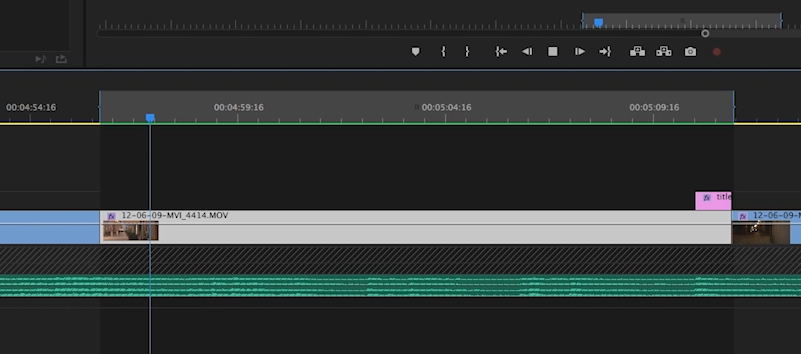
The green bar means that Premiere Pro doesn't demand to render that section of my timeline again when information technology exports.
Now if I enquire Premiere Pro to export the prune again, and I check the box in the export settings that says "use previews," now Premiere will simply have the file that it saved when I rendered and compress that to my output codec. It does not need to render any of my color corrections – information technology just needs to read that rendered file and encode it (nosotros normally telephone call that a transcode). And that takes but a couple seconds, instead of sixty seconds from before.
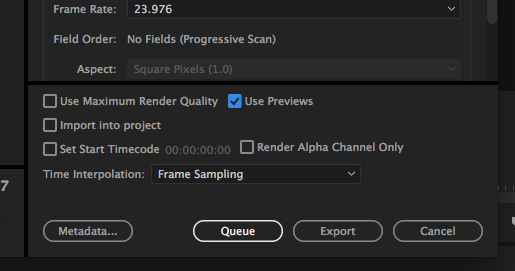
Now permit's say that I want to change the title at the stop of my picture show because there was a typo the first time. Premiere Pro will nonetheless demand to render the changed title, but it doesn't have to render the master clip once again, which means that my 2d export will exist almost as fast every bit the last i.

If I am only making fairly small changes to my edit, all of my Premiere Pro exports will be very quick from at present on.
Where'due south the catch?
All of that sounds wonderful, but in that location is a take hold of. By default, Premiere uses a fairly depression-quality codec for its previews. That means that, if I bank check the box to use previews when I export, my final result will not have the total quality that I'm expecting. That is fine if I am but going to export a low-resolution preview and it's not the concluding version, but what if I want to export the full quality prune multiple times?
In that case, I need to change my preview codec to a loftier-quality codec, which is very piece of cake. Go to "Sequence Settings," so "Preview File Format." If you want to be admittedly sure that you aren't losing any quality, so you lot can cull a lossless or uncompressed format. Bear in mind that, if you use a very loftier-quality, loftier-bitrate codec for your previews, that may take upwards a lot of space on your hard drive, and then most people volition selection something on the high finish but not the very superlative (maybe ProRes 422 HQ).
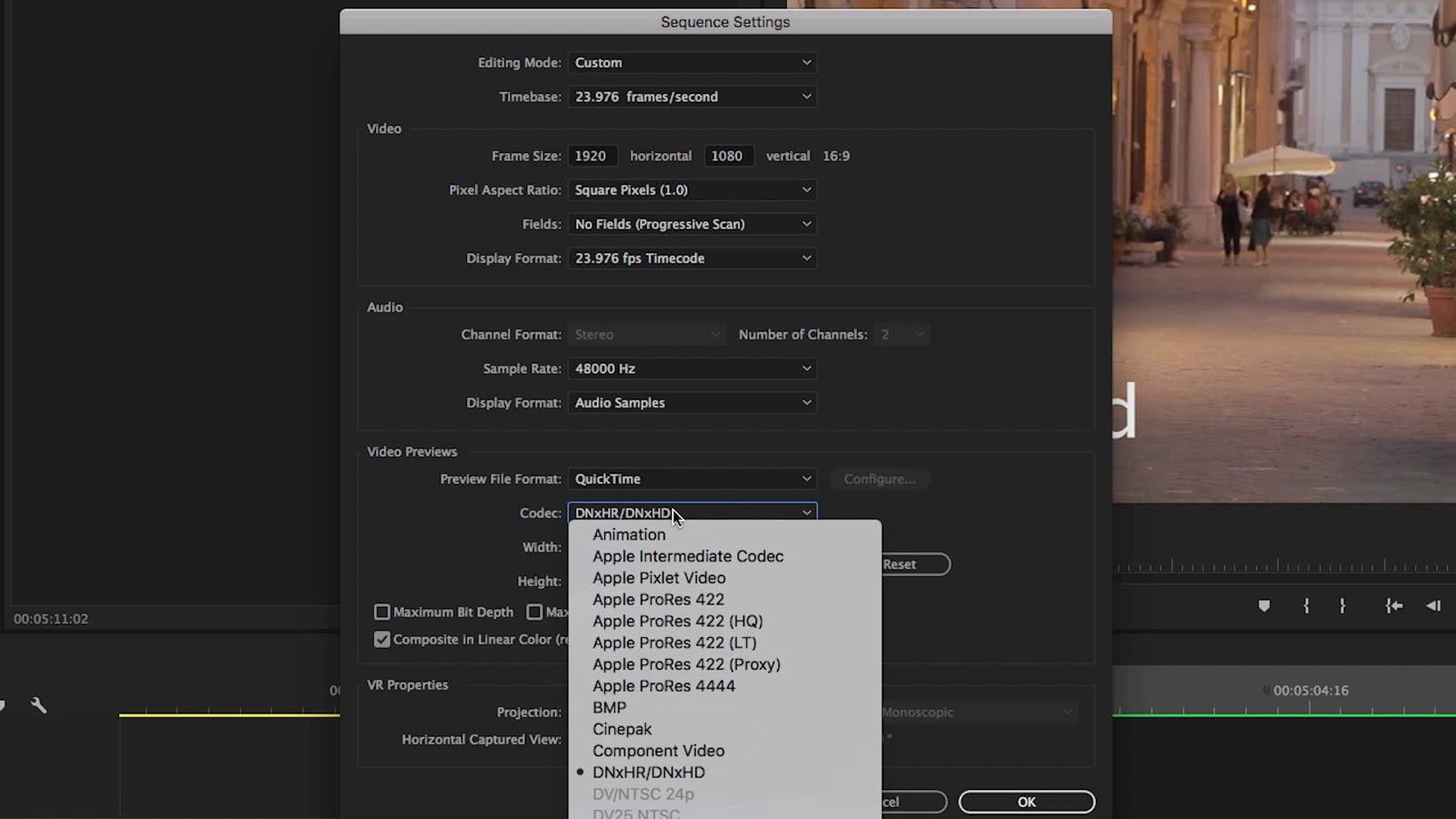
If you're not certain which codec to apply, you tin can take a wait at this article that compares codecs.
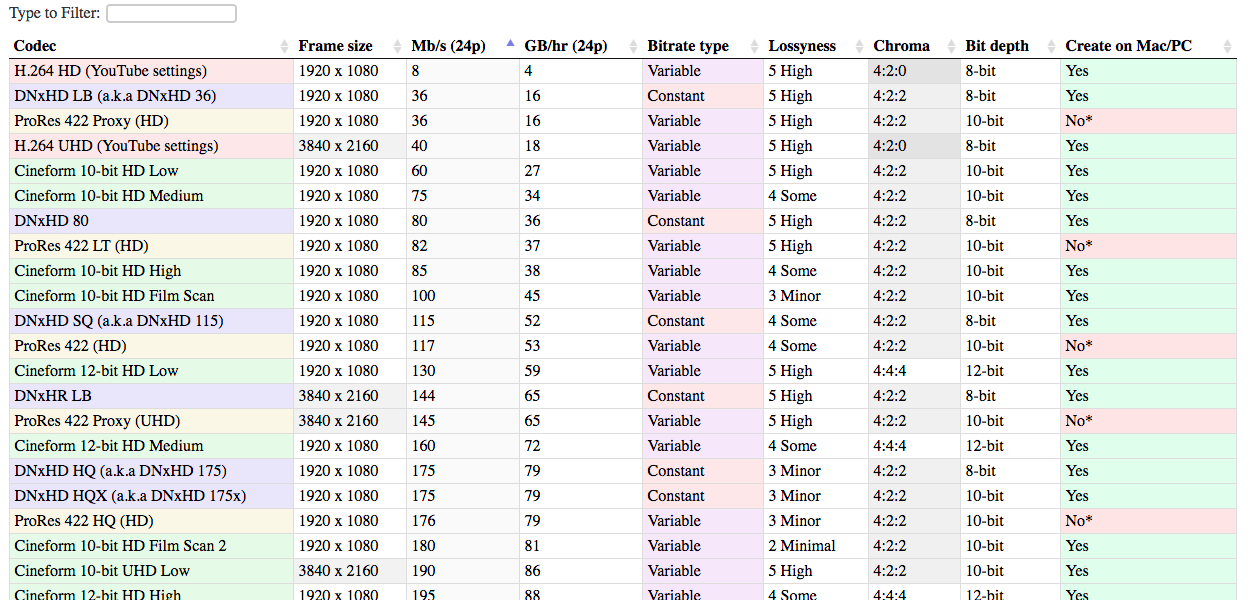
2. Smart Render From Previews
There's one more feature of the "utilize previews" box that can make a huge difference in render times, and strangely, information technology'due south seldom mentioned. If you lot choose exactly the same codec settings for preview files and for your output file, you can skip both the rendering and encoding when you export.
Because Premiere Pro has already rendered the previews and encoded them, all it has to do is copy the data into the output file. Premiere Pro calls this Smart Rendering, and in this example, we're actually combining the Use Previews feature and the Smart Rendering feature.
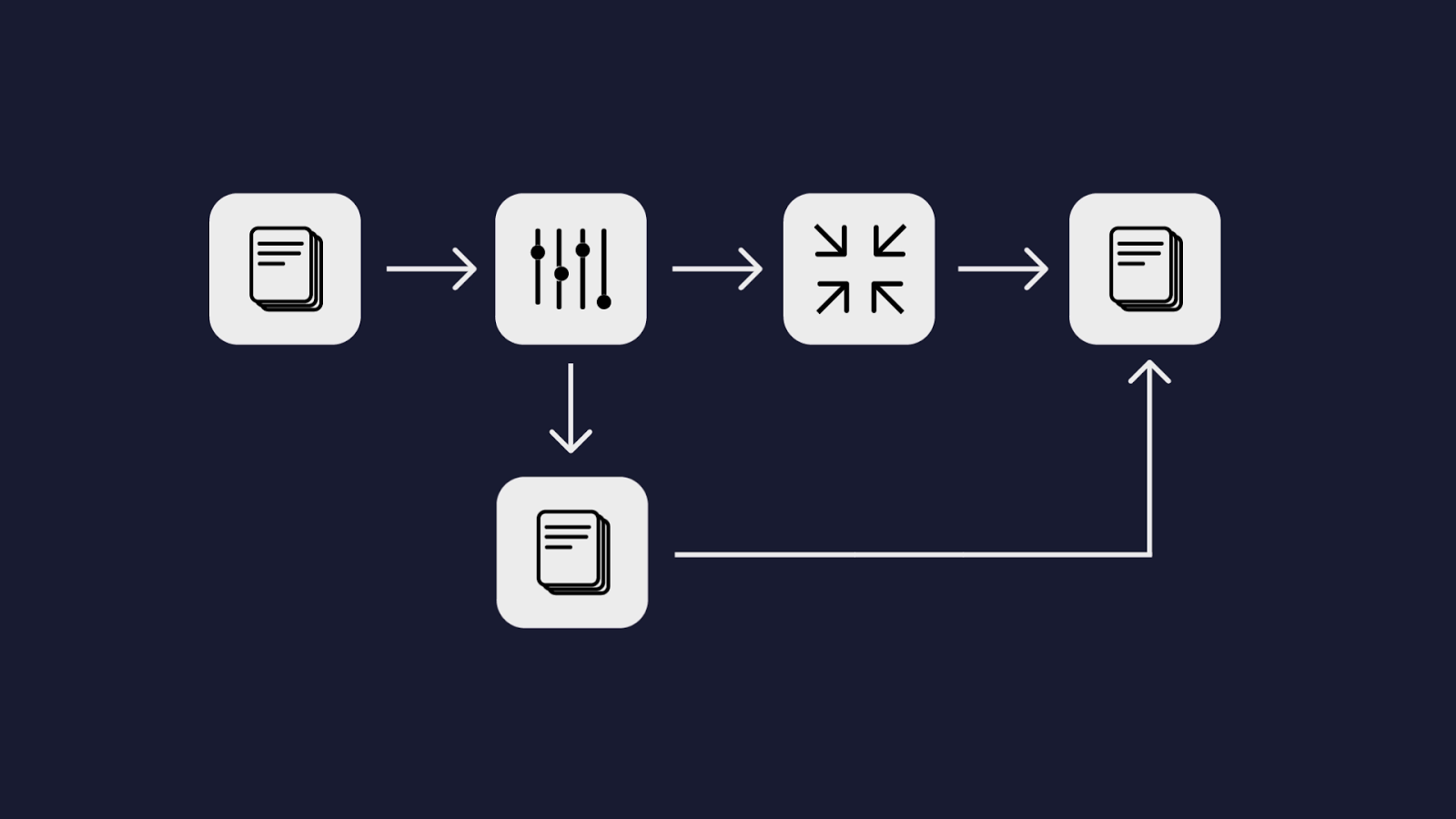
Check out the video for a detailed walkthrough.
That clip, which took nigh 60 seconds to consign usually, and took most 5 seconds with the normal "Employ Previews", takes less than a second when you Smart Return from previews.
This trick has the extra advantage that the image is not processed twice. If you use previews without the Smart Return, then your image will be compressed twice (unless you cull an uncompressed codec as your preview codec, of course).
This pull a fast one on doesn't work for all codecs, unfortunately, you lot have to use i of the codecs listed under "QuickTime Friction match Source (Rewrap) Support". The two most mutual codecs listed are ProRes and Cineform, both of which are great.
The catchy function is knowing whether or not Premiere is using your preview files exactly equally they are and just copying them into the consign file, or whether Premiere is reading those preview files, decoding them, and and so re-encoding them into the output file. It's of import for you to know, considering if it's re-encoding those files, and then you could exist losing some quality, because the images are beingness compressed twice. And of course it will take longer, which is lame.
Fortunately, it's not actually that hard to do. Select a prune, pre-render it, and then export with the Use Previews box checked, and write downwardly how long information technology takes. Then consign over again, but brand a small tweak to your output codec. You should use the aforementioned codec, but make a small change (maybe go from ProRes 422 to ProRes 422 HQ). Yous should come across the slightly tweaked consign taking longer, because now it's having to transcode your preview files, whereas the first time it but copied the data.
If it takes about the same amount of time to practise both exports, that probably ways that Premiere is not using the Smart Render feature.
Exam Results
Test Results Showing Smart Render Working:
Preview files set up to ProRes 422 HQ, Exported to ProRes 422 HQ: ane.4 seconds.
Preview files set to ProRes 422 HQ, Exported to ProRes 422: 5.6 seconds.
Test Results Showing Smart Render Non Working:
Preview files set up to ProRes 422 HQ, Exported to ProRes 422 HQ: iv.9 seconds.
Preview files ready to ProRes 422 HQ, Exported to ProRes 422: 5.6 seconds.
3. Smart Render from Source
The third trick can make a HUGE difference in Premiere Pro exports. But it volition only work for people who are doing only the editing in Premiere Pro, not the colour correction.
Let's imagine that I'chiliad the film editor, and the camera department has given me proxy files for editing. They took the raw files from the camera and converted them into a DNxHD proxy format with a standard rec709 look. This means I don't need to add a LUT to my timeline in guild to preview accurately. I am just doing the edit, so I'm not bothering with whatever color correction or special effects in Premiere Pro.
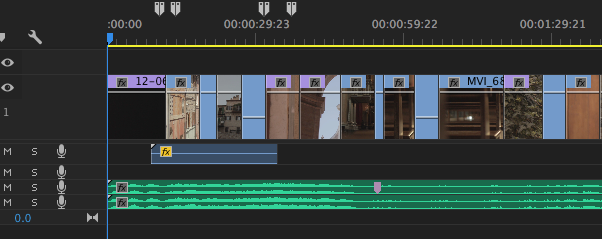
If I consign in exactly the same format equally my source footage, which in this case is DNxHD, so Premiere doesn't have to return or compress at all. I oasis't added any colour correction or furnishings to my clips. This means that Premiere Pro tin can re-create my images straight from the original DNxHD files and paste them into my exported file, which is also DNxHD.
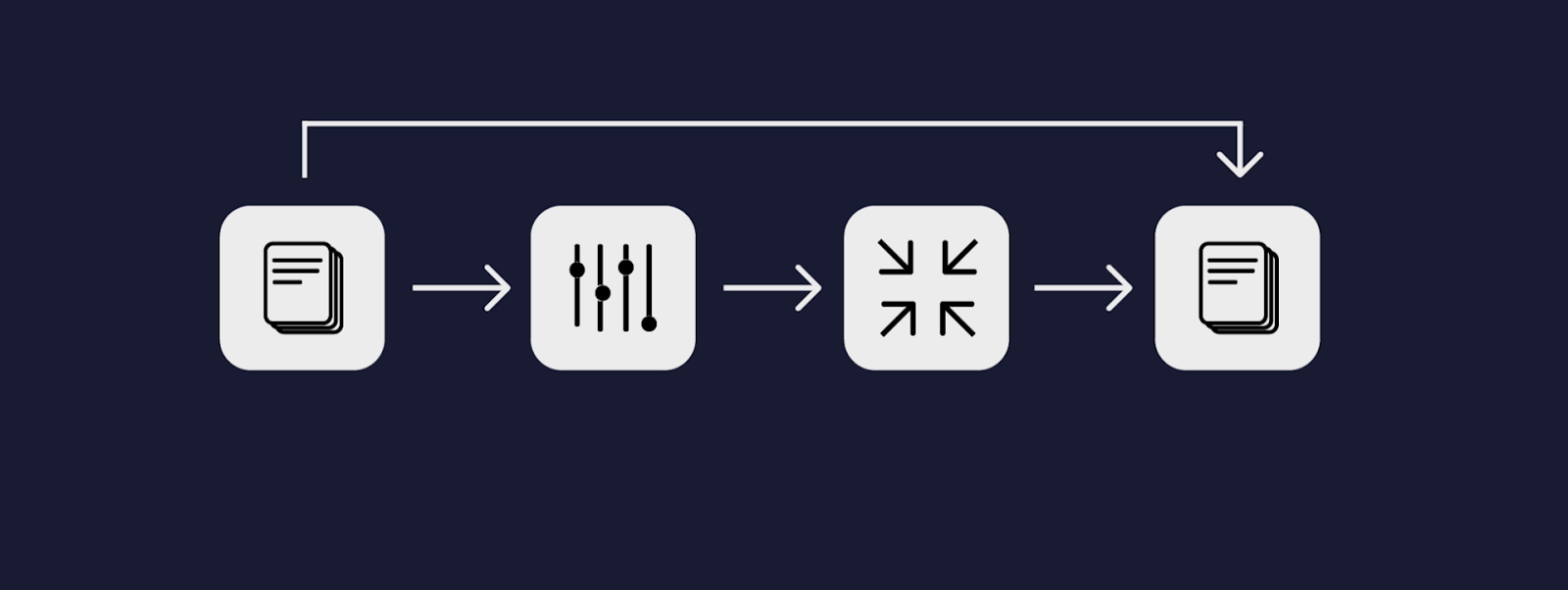
This is another way to have advantage of Premiere Pro's Smart Rendering feature for faster exports, but this fourth dimension we're but using the Smart Rendering, not the Use Previews feature. When yous're Smart Rendering from your source footage, you tin can export an entire x-infinitesimal film is a few seconds. It's that fast.
Again, since nosotros're using the Smart Render characteristic, we tin only employ one of the codecs listed on this page. H.264 files, for case, will non work with this workflow, merely ProRes, DNxHD, and Cineform all work well.
4. Smart Render from Consign
Trick #4 is a lot more flexible than the commencement three. There are no restrictions about your source footage, yous don't demand to pre-render the timeline before you lot export. This works even if you're doing lots of effects and color correction in Premiere.
The first fourth dimension that you export, you have to look for the normal export. If you need to make a minor edit and export again, exercise a smart render from your first export.
You lot take the first export and import it back into your project, and so layer information technology on peak of your timeline. And so take the slice tool and cut away the portion of the timeline that'due south changed for the 2d export.
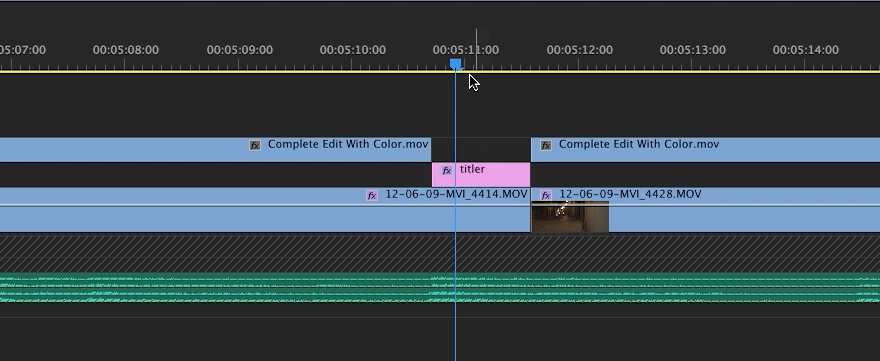
Every bit long as you utilize the same settings for both exports, Premiere will exist able to re-create the compressed data direct from your exported file into your second exported file. All that it has to return is what's changed, and so information technology exports extremely rapidly.
The cracking affair near this method is that you lot don't have to prepare anything first. Y'all didn't have to recall to pre-render my sequence. You can take advantage of this trick afterwards the fact.
Once again, this works with ProRes, DNxHD, Cineform, and all of the codecs listed on this folio.
Worthy of note
I should note that, in each of these 4 tricks, nosotros care about saving fourth dimension on the rendering and compression of thevideo not the audio. Audio is and then like shooting fish in a barrel to process compared to video that it'south non worth bothering about. You'll notice I've locked the audio channels and only added the video portion of my export back onto the timeline. Not the audio.
Each of these tricks works nicely with Frame.io'due south Premiere Panel, which provides deep integration into Premiere's interface and allows you to send your projection off to your client or producer for feedback without leaving Premiere. You can do the unabridged review process inside of Premiere Pro, as comments come back into the timeline every bit markers.
Another way to speed up your Premiere workflow is to be smart about your proxy workflow. We've got another in-depth article on proxies in Premiere right here:
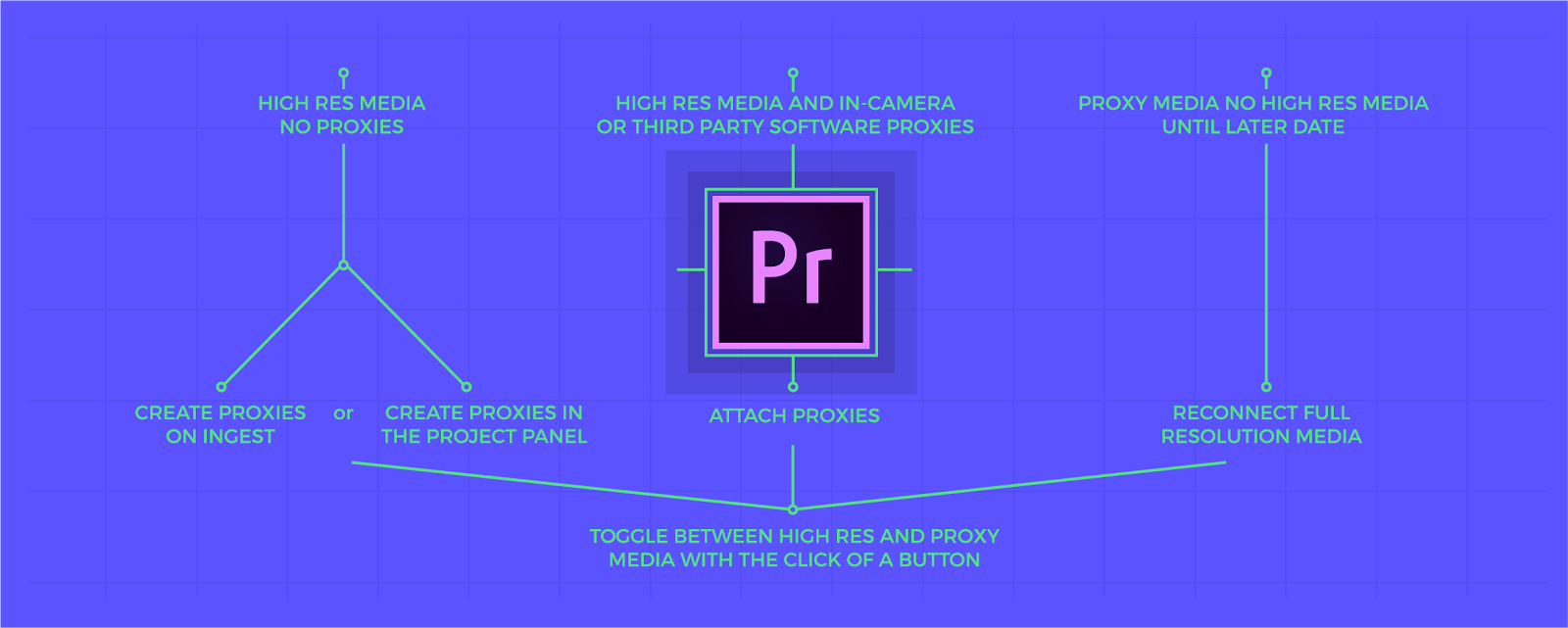
Desire more tactical articles on Premiere Pro?
Source: https://blog.frame.io/2017/09/11/how-to-speed-up-premiere-pro-exports/
0 Response to "If I Use an Image Twice in Timeline Do I Need to Import Again"
Postar um comentário